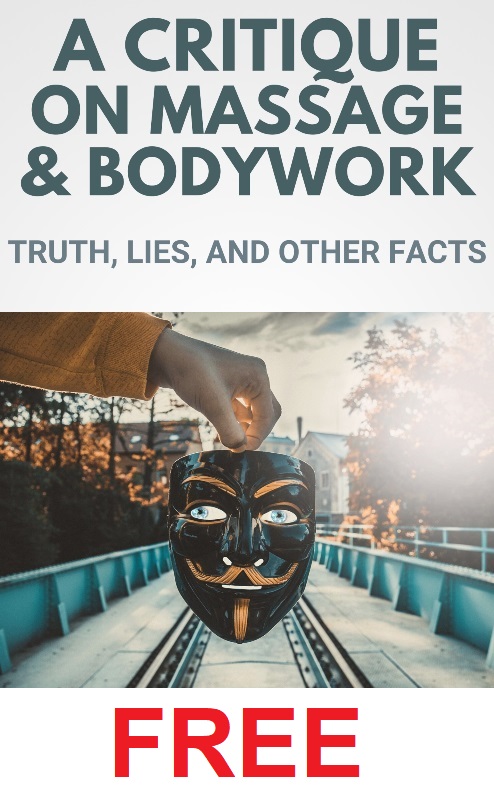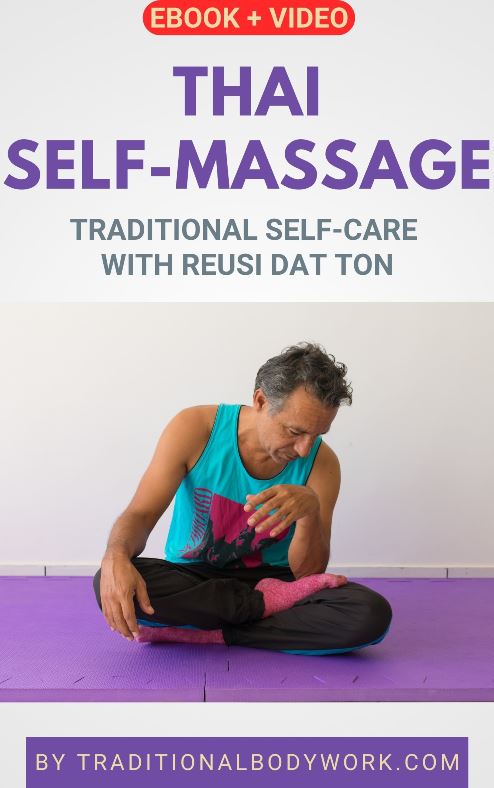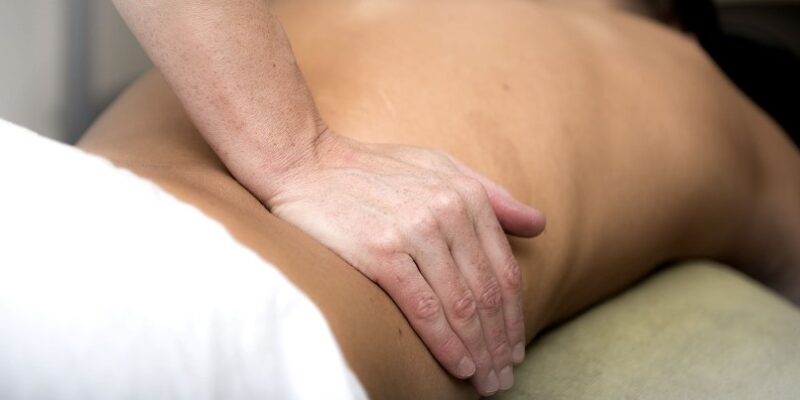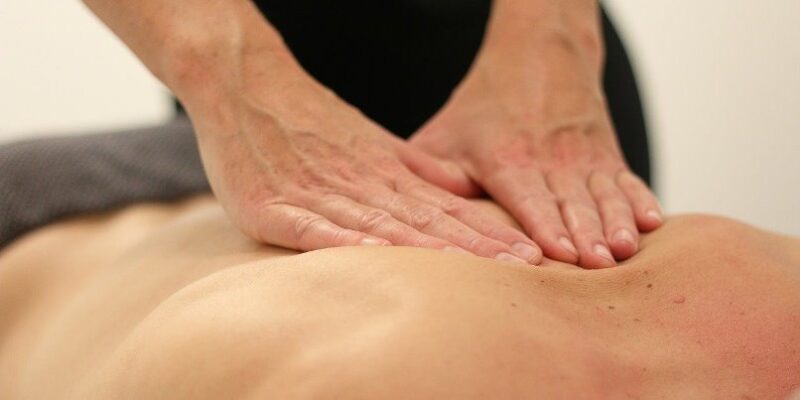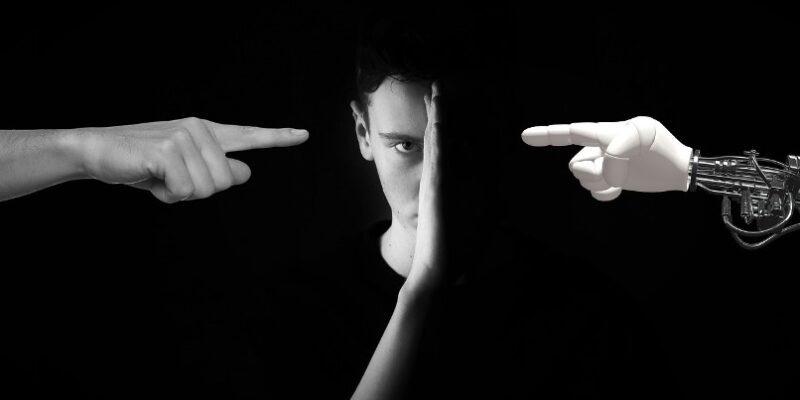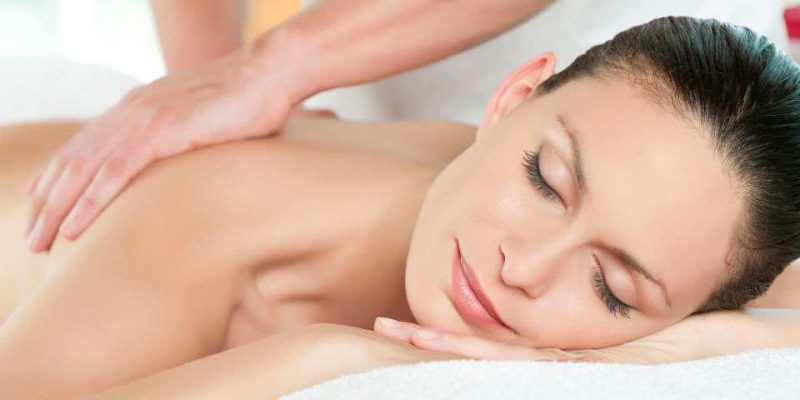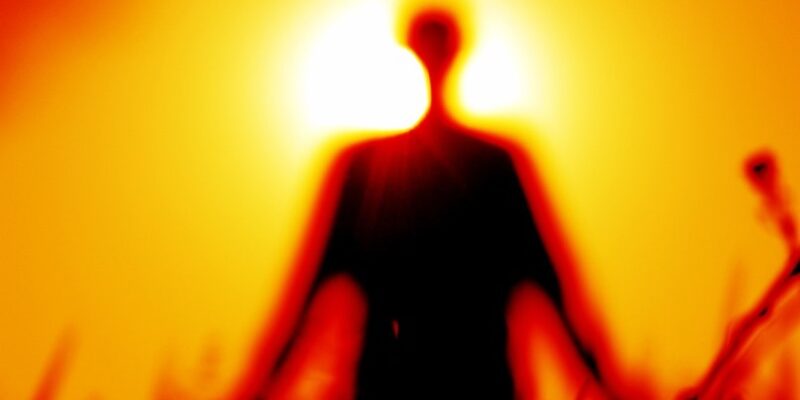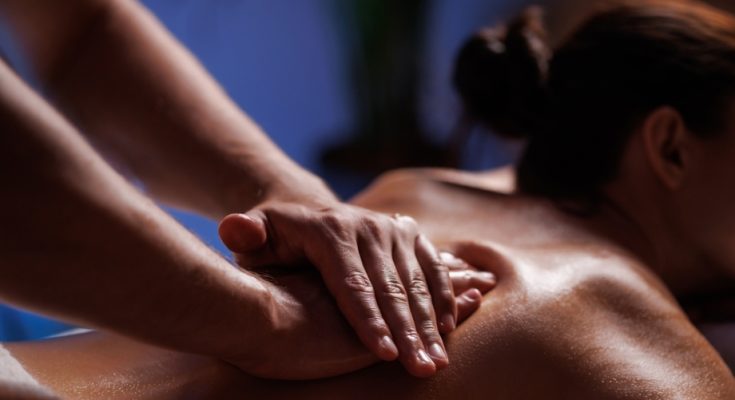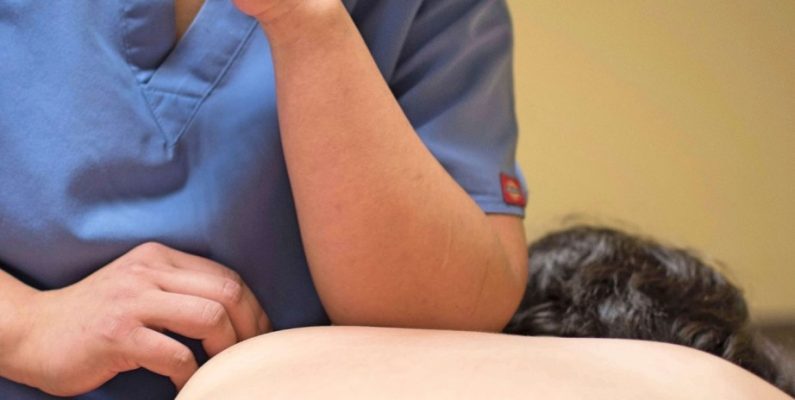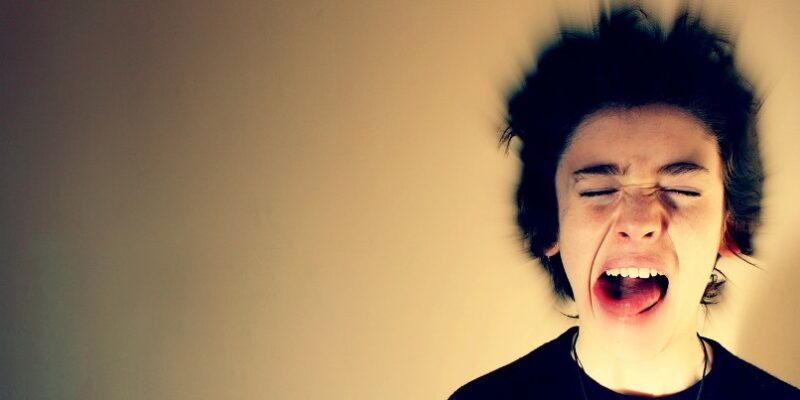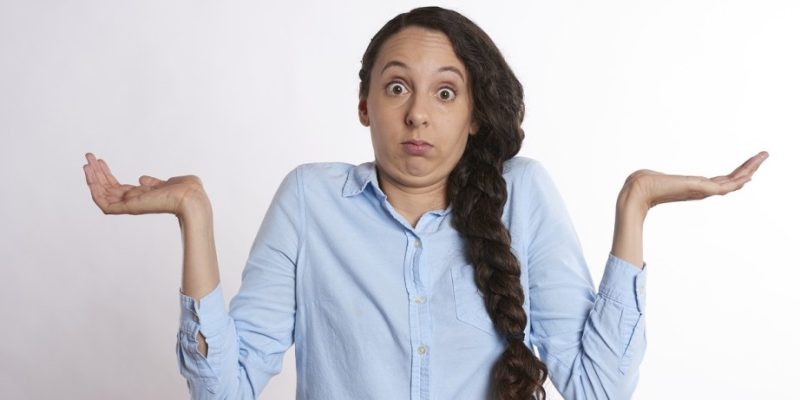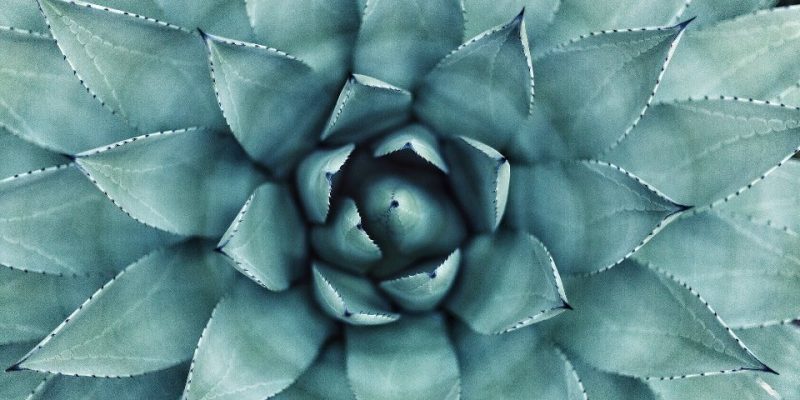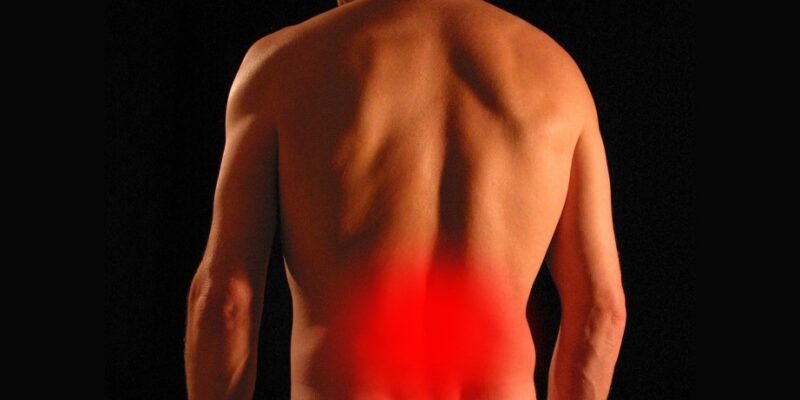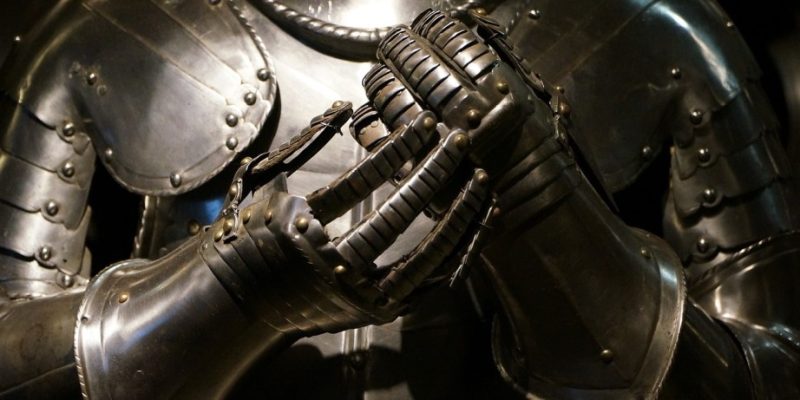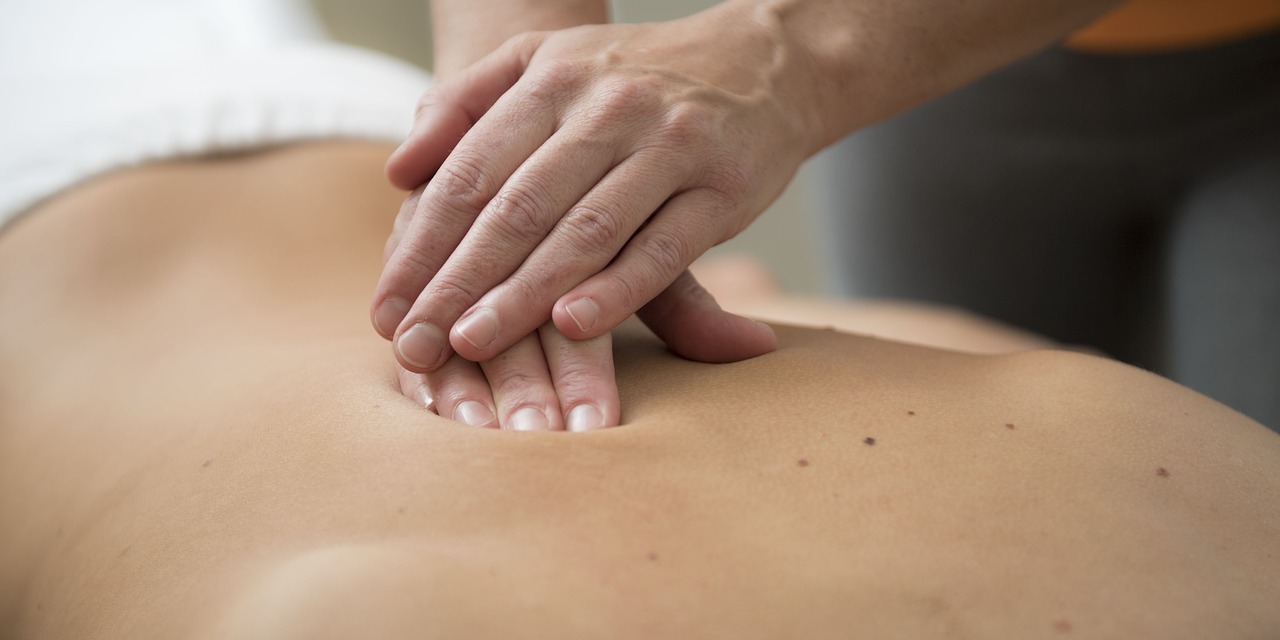
Massage therapy exists already millennia, proven by records, descriptions and depictions appearing in texts, handbooks, statues and murals of ancient cultures like China, Egypt, Babylonia, India, Mesoamerica, Greece, and the Roman Empire.
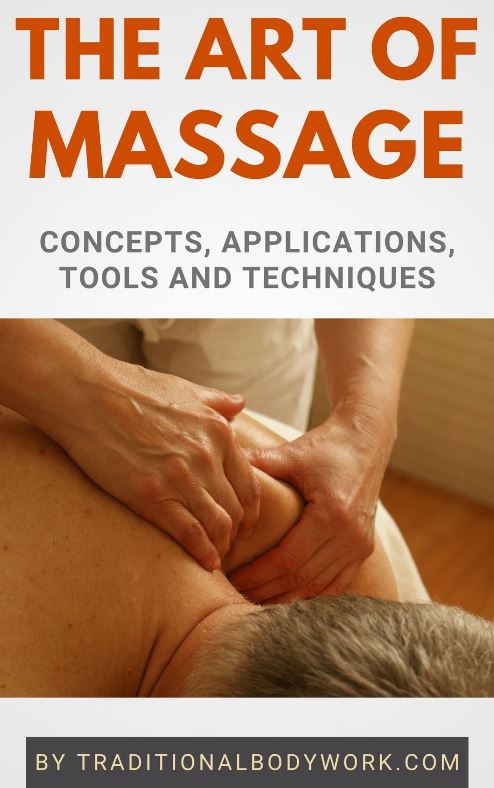
A definition of massage could look like this: “the manual manipulation of soft tissues in the body, such as the muscles, tendons, ligaments, internal organs and fascia, by using hands, fingers, forearms, elbows, knees, feet, and additional devices in a broad variety of ways using a wealth of different massage techniques.”
This, of course, is still a rather narrow definition of what massage stands for. For instance, massage nowadays is also done with electrical equipment, such as massage chairs or by sending electrical pulses through the body.
Additionally, herbal massage oils, creams, balms, packs, and pastes may be used during a massage treatment session also, either to aid in the technical part and flow of a session or to encourage additional health benefits.
Massage can also extend to working with the bones and joints, that is, the skeletal system, thus manipulating the hard tissues of our bodies and not only the soft tissues. The exact boundary between the work of a massage therapist (masseur or masseuse) and a traditional bone-setter i.e. chiropractor is often blurred.
Massage therapy is used with preventive (maintenance), relaxation, restorative or healing goals, applied for a very, very broad spectrum of discomforts or illnesses, both for physical and emotional health issues. It can be used as a primary therapy, an alternative therapy or as a complementary therapy in conjunction with other type of treatments.
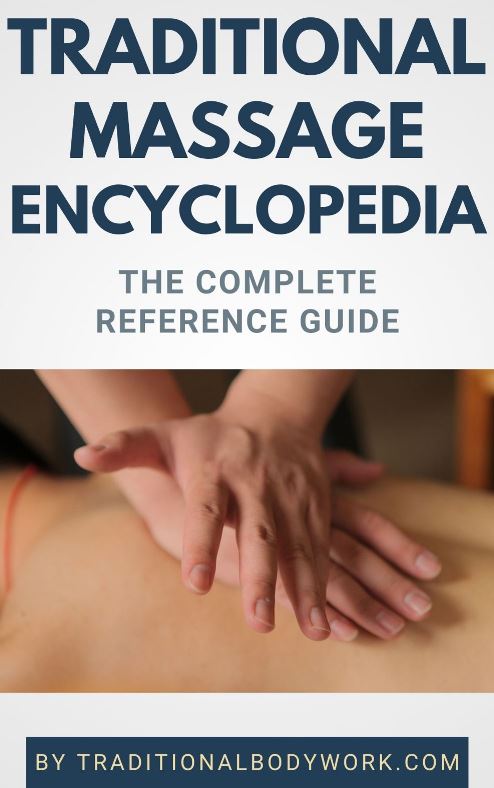
Notably in Traditional Medicine systems massage has been (and still is) an integral part of a complete set of treatment approaches which are seldom applied alone. Therapy prescriptions in Traditional Medicine systems often consist of a holistic mix of herbal treatments, food therapies, heat therapies, massage, and spiritual practices.
Through the centuries many types of massage have been developed, often based on very particular underlying concepts, such as that of Life Energy (Qi or Prana) and Energy Channels (Meridians, Sen or Nadis), Dantien and Chakras, connective tissue, myofascial and trigger point manipulation, and neuromuscular and nerve touch release, to name some of the well-known conceptual standpoints.
Although there’s only moderate modern scientific evidence that massage therapy is effective to heal or alleviate a range of chronic diseases such as back pain, insomnia, infertility, arthritis, depression, emotional trauma, sexual dysfunctions, joint pain, neck pain, headaches, and knee pain, massage is a very popular and widely applied practice across the world.
In fact, massage does help, is effective, but it’s hardly an exact science. Massage is rather an art, which needs a very experienced and competent practitioner who applies techniques in a holistic fashion and very much according to the particular needs of the individual receiver.



